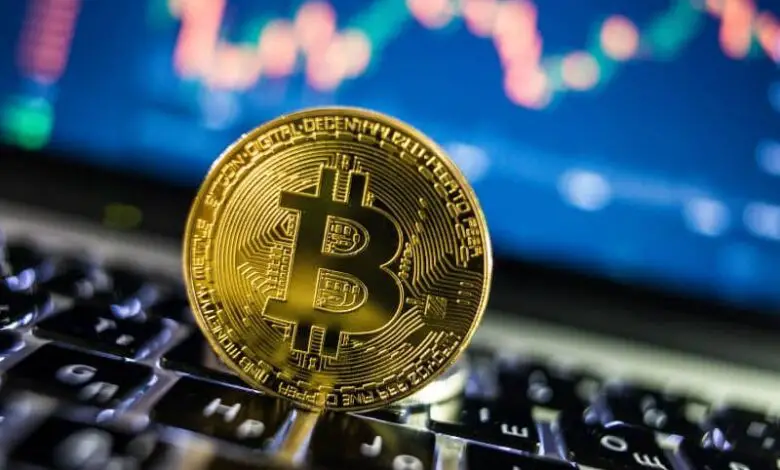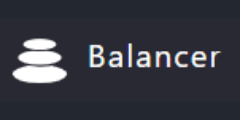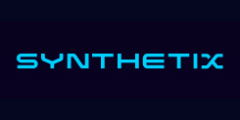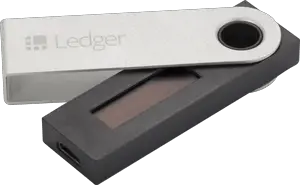ERC 20 Token What are they and how do they work?

In the world of cryptocurrencies, there are hundreds of terms that resonate over and over again, but if there's one that's been repeated constantly over the past few years, it's the ERC20 token.
In this article, I will tell you what ERC20 tokens are, what are their advantages and what can be expected from them in the future.
If you want to start investing in cryptocurrencies, we recommend that you start buy your first tokens on Coinbase. If you deposit 100 euros by registering on OUR LINK, you will earn an extra 10 euros!
What is an ERC-20 token?
ERC20 tokens are those that do not have their own blockchain, but are developed on the Ethereum blockchain and belong to the so-called world of decentralized finance.
More precisely, these are smart contracts which add functionality to the Ethereum network, creating a very large ecosystem of decentralized applications.
Origin
The process of creating tokens on an existing blockchain network was possible with Bitcoin itself, although it was a relatively complex process that did not have much development.
For this reason, in November 2015, it was approved that Ethereum developers could create their own tokens on the network, with a proposal promoted mainly by Vitalik Buterin and Fabian Vogelsteller.
But where does the name "ERC-20" come from? This proposal to allow the creation of tokens was called EIP-20.
EIP stands for Ethereum Improvement Proposal, i.e. Ethereum Improvement Proposal, and 20 refers to the proposal number.
Subsequently, the acronym ERC for Ethereum Requests for Comments was adopted, which in Spanish means Request for Comments for Ethereum.
Since its inception, ERC20 tokens have grown in popularity and are now one of the most widely used for the development of cryptocurrencies.
Characteristics
The most important features of ERC-20 tokens are:
- Login: all have an associated identifier to be easily differentiated from other tokens within the Ethereum network.
- Emission: The creators of the token have full freedom to establish the details of the issuance of the token, both in quantity and in form.
- Review of balances: the network is prepared to allow to analyze the balances of the wallets of the owners using only their address in an anonymous way.
- Transfers: Being Ethereum network tokens, they have native functions, such as fund transfers.
- Uniformity: All tokens use the same API, standardized to improve the compatibility and interoperability of the Ethereum network and all the tokens that run on it.
- Free API: the API developed by Ethereum for the creation of tokens is 100% free, so it can be used in a large number of programming languages; Solidity, Java, Python, JavaScript, Go…
Currencies that use it
I have already mentioned that ERC tokens are very widespread, but what concrete examples can be given of their use? Here are some cryptocurrencies that you surely know:
- Tether(USDT)
- Uniswap (UNI)
- Chain link(LINK)
- Dai(DAI)
- Axie Infinity (AXS)
However, these are just a few examples, as there are currently thousands of tokens developed with this technology.
Pros and cons
 Benefits:
Benefits:
- The creation of ERC20 tokens represents a great saving of time and resources for all developers, since they use a basic structure on which they develop their projects.
- These tokens can be developed in various programming languages, so they can be adapted relatively easily to different situations and environments.
- This greatly facilitates interoperability with other projects developed in Ethereum, so the creation of complete ecosystems in which certain tokens complement others is a reality.
- The vast majority of wallets and exchanges recognize ERC20 tokens, so there are usually no problems storing or trading them. Also, it makes it easy to quickly add a new token to exchanges.
- All transactions made with Ethereum tokens must be validated and approved by miners, so auditing processes are secure.
 Drawbacks
:
Drawbacks
:
- All of these tokens operate on the Ethereum network, and in order to trade them, you need to pay the fees of this network. And since it is usually saturated, the commissions are usually quite high.
- Another problem is network congestion, which is that transactions are slower, especially when many users are transacting.
- It's easy to get confused and send ERC20 tokens over the wrong network, leading to irreversible loss of funds.
- By making the development of ERC20 tokens so easy, it is easy for many unnecessary projects to be added to the network, “dirtying” the project and unnecessarily cluttering the blockchain.
Conclusion and Future of ERC20 Tokens
ERC20 tokens are one of the great representatives of the current crypto landscape, and since their inception, their popularity has only increased, making Ethereum the second largest cryptocurrency in the world.
And yes, these tokens have provided rapid development to the blockchain landscape, although as you have seen they are not without their problems.
Indeed, its congestion on the Ethereum network caused real traffic jams, as if it were a highway, slowing down transactions for very long periods of time that ended in millionaire hacks.
For this reason, the future of ERC20 tokens is somewhat uncertain, and although they will surely continue to be used, they will gradually be replaced by other alternatives, such as ERC223 or ERC777.
Additionally, many consider the ERC777 token to be an update or improvement to the ERC20 because although its characteristics are similar, it has other features to speed up transfers.
However, we will also need to be aware of other blockchains that can subtract “market share” from Ethereum tokens, such as Binance Smart Chain(BSC).




